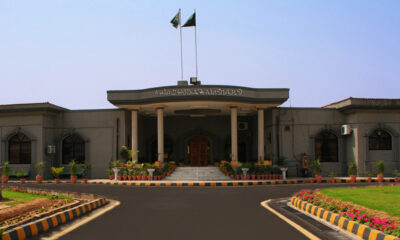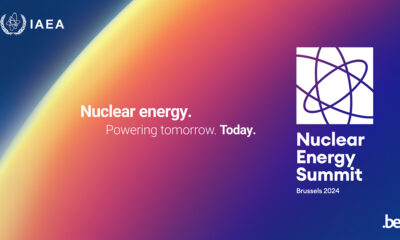Tech
EU needs to ‘speed up work on AI laws’

Latest News
Pakistan launches first-ever lunar mission with iCube Qamar
Latest News
The green colour of WhatsApp ‘angers’ some users.
Latest News
Punjab will provide fifty thousand solar kits.
-

 Business3 days ago
Business3 days agoPakistan’s gold prices continue to decline.
-

 Business3 days ago
Business3 days agoPrice of LPG “slashed” by Rs. 20 per kilogram
-

 Latest News3 days ago
Latest News3 days agoOff-duty police in Islamabad are prohibited from donning uniforms.
-

 Business3 days ago
Business3 days agoADB delegation stops by FBR headquarters
-

 Latest News3 days ago
Latest News3 days agoSher Afzal Marwat’s brother removed from KP cabinet
-

 Latest News1 hour ago
Latest News1 hour agoToday, 190 million pounds in NAB reference cases and cypher will be heard by the IHC.
-

 Business1 hour ago
Business1 hour agoSaudi investment and falling inflation cause Pakistani stocks to soar.
-

 Latest News2 hours ago
Latest News2 hours agoThe wheat controversy is downplayed by Anwar-ul-Haq Kakar as a “storm in a teacup.”























